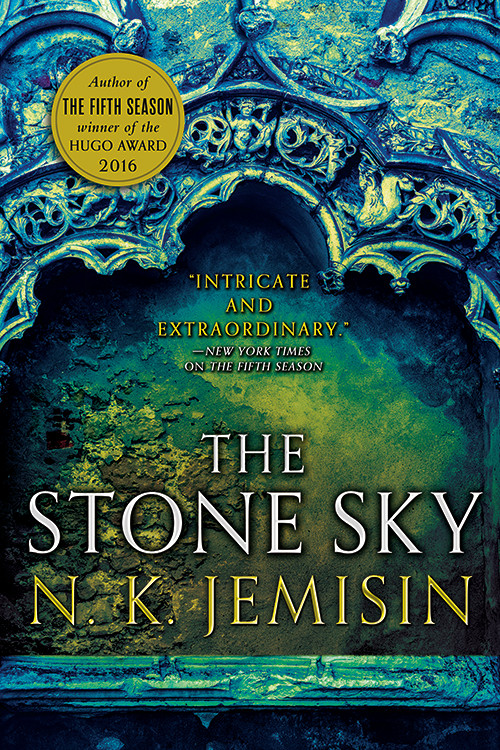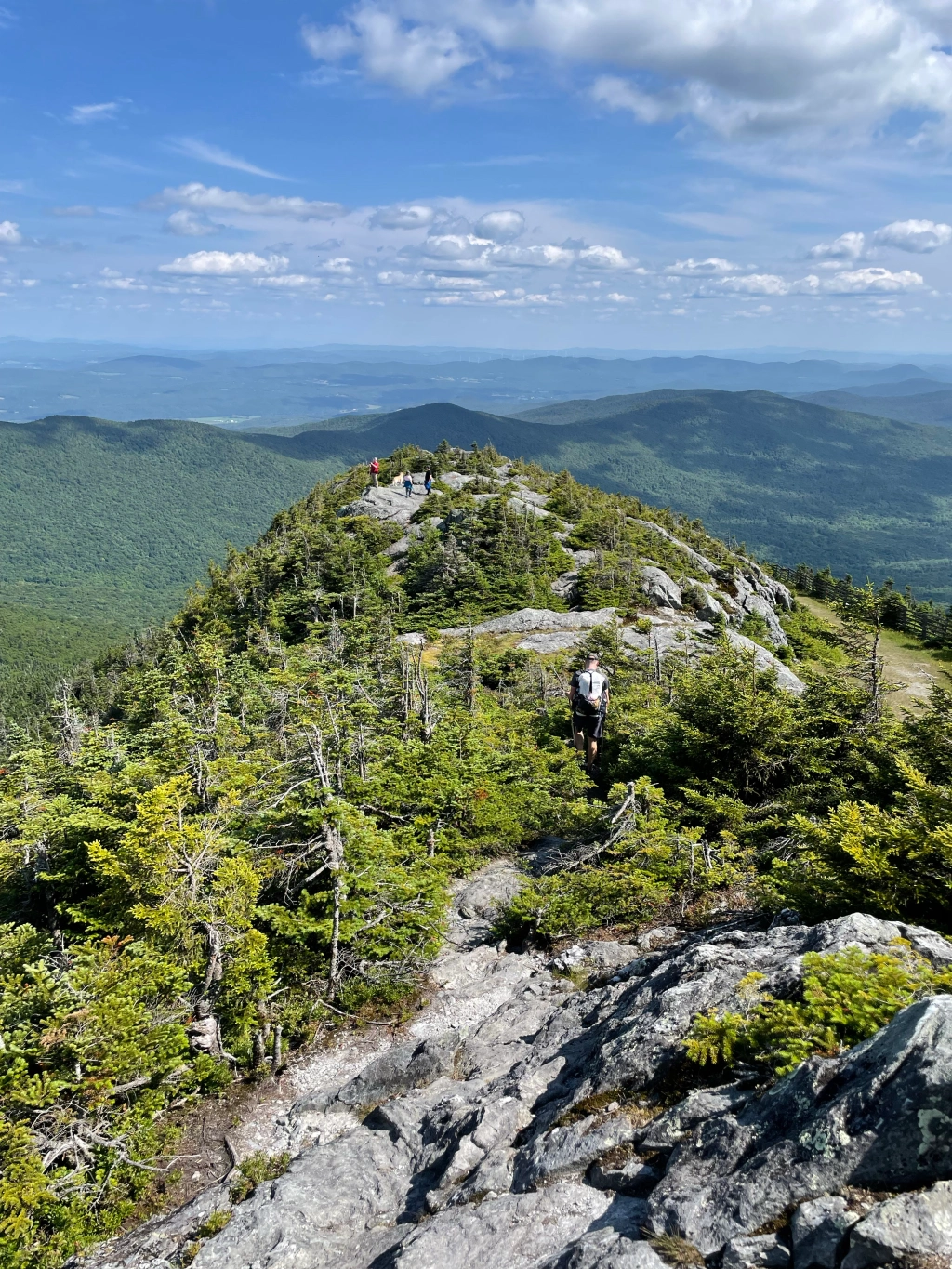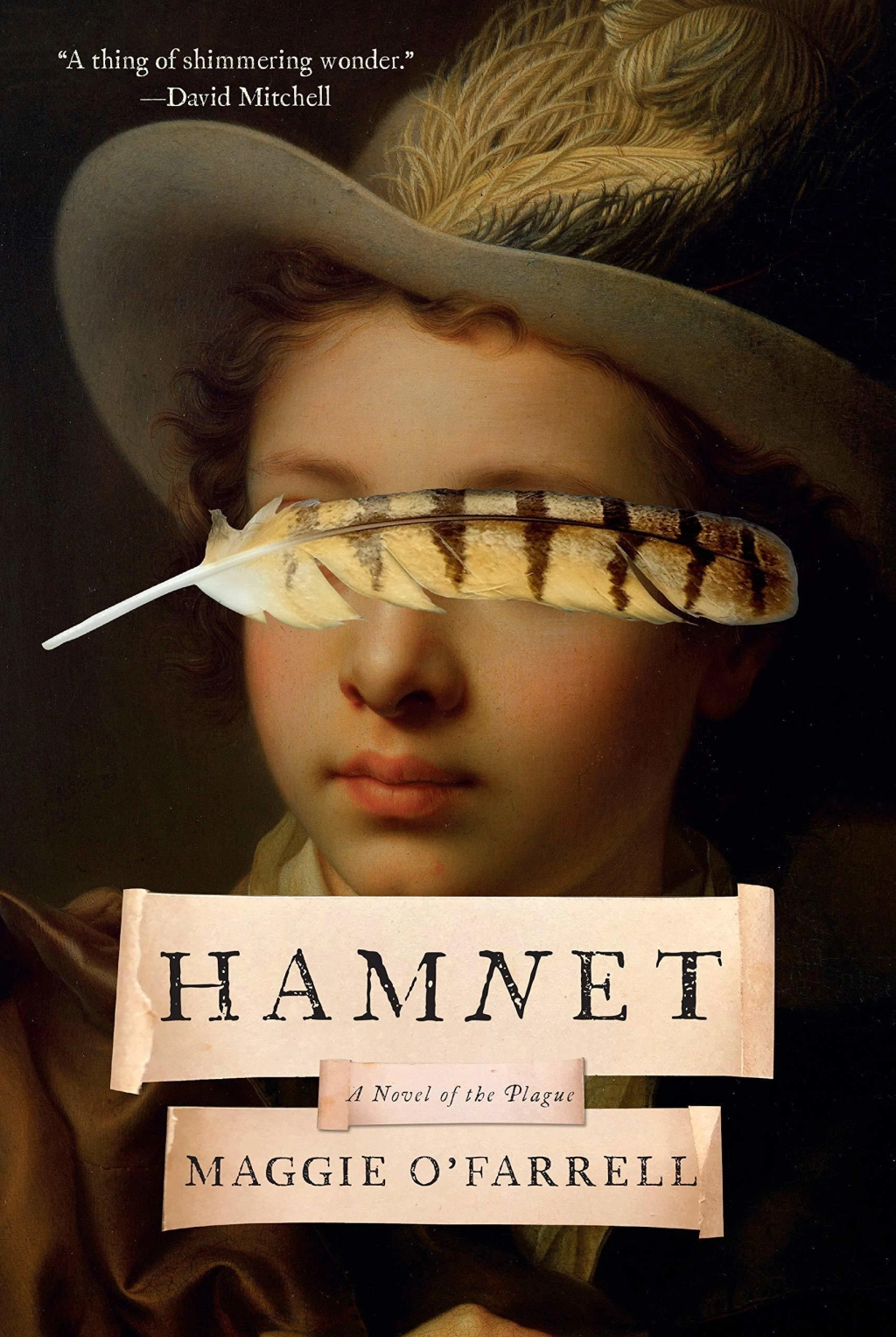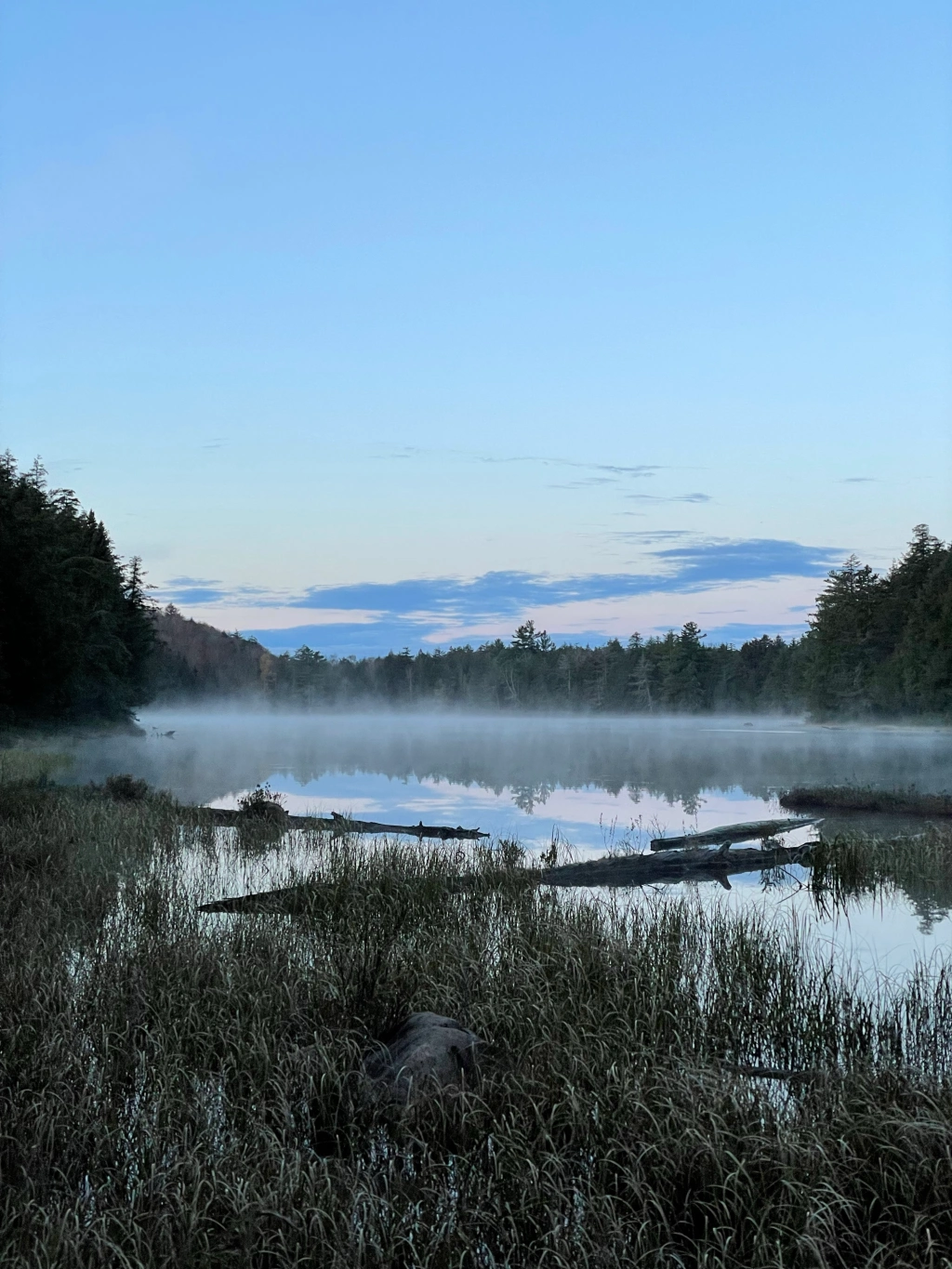Note: This is a review of N. K. Jemisin’s The Broken Earth series. While I avoid overt plot points and specific spoilers, it’s impossible to write a review like this without delving into the dynamics of this work of art. I very much enjoyed reading the series — even in 2020, a couple years after publication of its final volume to much fanfare — knowing as little as I could about it. You have been warned.
I knew after finishing Jemisin’s first volume, The Fifth Season, that I was dealing with a creator already at the pinnacle of the genre wielding some of the most deft writing craft I’ve read in a long time. I was also learning from a writer of tremendous insight into the human condition. And I was certainly encountering an artist of the 21st century able to incorporate vital elements of our world experience today seamlessly into her craft. The second volume, The Obelisk Gate, employing evolving technique to unfold the world build and story, solidified that I wasn’t dealing with a fluke. Much to the contrary. I decided to slow down and transition my own reading style from “brisk genre read” to a more literary fiction mode. Coincidently, I was at the beach to read much of the final volume, The Stone Sky, which meant more dedicated time for reading in general. While finishing the series, I realized how important it really was. I’ve read tens of thousands of pages of fantasy novels. The Broken Earth stood out in ways and impact that I haven’t felt in a contained trilogy* since the Lord of the Rings**.
*For better or worse, I need to make this critical distinction in the fantasy genre. I won’t get into a stand-alone novel accolade (yet) but there is a big difference between a fairly short — hey, this is fantasy we’re talking about — trilogy and the longer multi-volume series we often encounter. I do put Lord of the Rings in the former category, despite the existence of the Hobbit, the Silmarillion, and reams of published notes. This is the same category of The Broken Earth. I have no doubt that if Jemisin had spent much of her creative life on this one series, we too would have a prequel for kids and published lore/notes. But the truth, which I’m going to experience soon, is that she is already a prolific writer at the beginning of her career. That’s quite the Tolkien difference. The best is probably yet to come, though I doubt that this trilogy will be expanded upon. She has so much more to write. That is mind boggling.
**I have never compared another trilogy to the Lord of the Rings. Well, not like this at least. Tolkien has been at the center of my reading world since my father read LOTR to my siblings and I as single-digit beings. I later read it annually for ten straight years. I emblazoned my body with a Tolkien tattoo (so did my siblings). I absolutely acknowledge his impact with LOTR to spur a new and colossal genre. Jemisin isn’t working from scratch the way Tolkien was, but I can’t help feeling that her impact will be commensurate to the 21st century.
The Good. Jemisin’s technique is stunning. In addition to the believable, inspired, unique, and penetrating characters, Jemisin’s world build and point-of-view elements of craft are spot on perfect. All throughout the trilogy I had moments of euphoria brought on by how she came about the actual telling and showing of this tale. But this would feel stale and clinical were it not for the humanity she brought to the characters and the thematic material. For the latter, there will be dissertations written about this one day. The Broken Earth is too much art to be reduced or defined into any single element. It’s not a book about race and enslavement. Or revolution. Or conservationism and humankind’s impact on global climate change. Or family. But the truth is that Jemisin blends these powerful themes into the trilogy as companion musical lines to her three-movement symphony. She also weaves in aspects of sexuality and identity that have been ignored or avoided by most other writers of this (or any) genre. And by weave, I mean she incorporates it so matter-of-factly that she is able to bestow respect and grace to the spectrum of humanity that the reader is left wishing for this normalcy in the real world. As a final note here, as a cisgendered white male heterosexual reader I have read about myself in almost every novel since I was seven. Jemisin centered the story around a mother and a daughter. Their points of view and the heartbreaking rift (pun intended) between them felt new, almost sacred to me. I did not know when I opened the first page that I was reading the story of two intertwined females and the end of the world. I am better for it in so many ways.
The Nitpicking. What, you thought I would even have such a section? I don’t need to. But there are a couple things that did flit through my mind coming from who and what I am as a reader. I love epic medieval worlds of swords and sorcery. I don’t prefer mixed sci-fi/fantasy world builds over the former. But I certainly read and enjoy them. I don’t mean this much more than noting being surprised at a favorite movie that happens to be in a sub-genre I don’t typically seek out. Jemisin avoids pure medieval fantasy for a complicated time-spanning world that includes high-technology civilizations, though the main tale is set in a low-technology and high-magic epoch. It’s probably the magic element that saves this for me and indeed could have me making a case that The Broken Earth’s technology is anything but. The other thing that I’m still processing in relation to the trilogy is the “art of not-telling” in the sci-fi/fantasy genre. Much of what I love is often what is not spelled out for me. Things that are left to vague impressions and leading lingers of depth speak to me. Jemisin does this with aplomb throughout much of the first two books. In the third, she chooses to close a lot of loops with well-crafted but still mostly defined exposition. It’s possible the series would not work without her specific process, I admit. It’s highly likely the trilogy would not be as accessible to an audience not on the same wavelength as me with this point. But I thought it worth mentioning since this is ultimately my review.
Go Read The Broken Earth. If for some strange reason you read this and haven’t added these books to your pile or list or audio playlist, you know what to do. You’re welcome. I’m excited for time and history to elevate this trilogy to the top of pantheon. It has subtly yet powerfully changed the genre. Jemisin’s only threat here is to herself were she to continue to write and grow and evolve with all of us as solemn and eager witnesses to her craft. She probably will do just that. But I have a feeling The Broken Earth will always be special.






Leave a reply to The Long and Short Of It (Reviewing Samantha Shannon’s The Priory of the Orange Tree) – Text and Trails Cancel reply